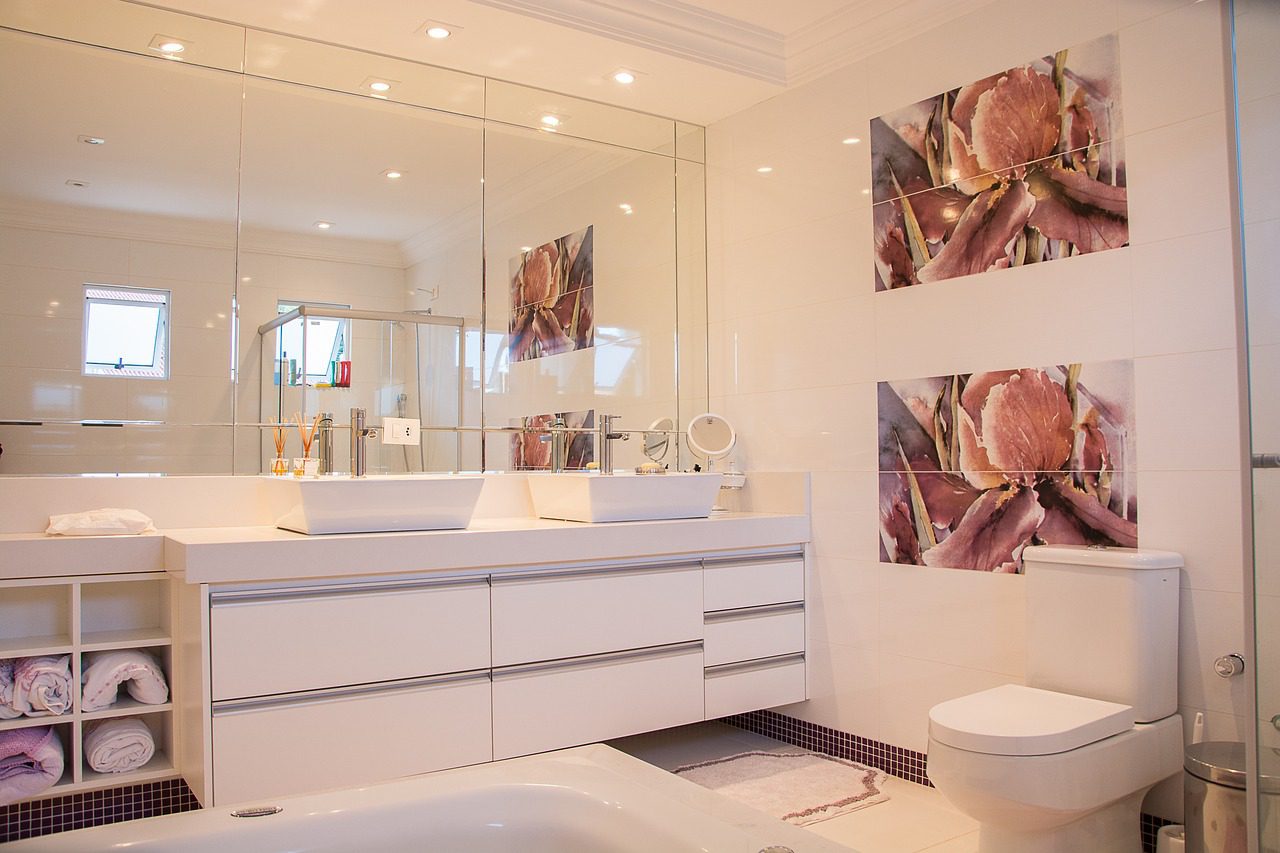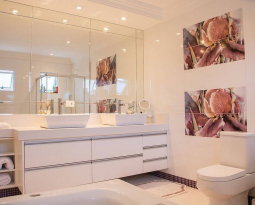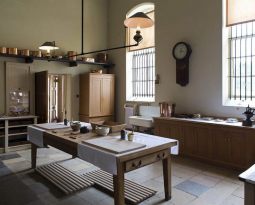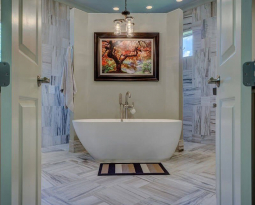How to Install a Floating Vanity
A floating vanity is one of the greatest ways to add some space to your bathroom. This functional addition is not only stylish but also offers an opportunity to customize the look and feel of your bathroom. So long as you have space on your walls, you can learn how to install a floating vanity. To make the mounting process easier for you, here’s a simple and clean way to install a wall-hung vanity without having to remove your drywall.
Keep in mind that you should already have an idea of which vanity unit you’ll use before starting the project. This will make sure you have the right measurements for the job.
Get the Right Materials and Tools
Instead of removing giant sections of drywall, fixing the supports for your vanity in place, and then patching up the mess, we recommend you get a piece of lumber that is about as long as the wall-hung vanity you want to install. The benefit of using lumber instead of mounting directly onto your wall is that you can add space for any pipes which may be protruding, as well as extra support for your vanity. You’ll need a cordless drill, a saw (could be a circular saw, table saw, or a hand saw with a chisel), deck screws, rear bars, and a drywall saw or knife. Additionally, you’ll need some screwdrivers for adjusting the brackets. And, of course, the floating vanity.
Mark the Wall and Drill Support Holes
To get started with the process of installing a floating vanity, you’ll want to first outline the location of where your vanity will sit on your wall. After that, use a stud finder to identify the perfect placements for your solid fixings. Begin drilling rear bar holes along your outline at critical support sections. In each hole, place your rear support bars so they hang out halfway. This outline should match the height of the inserts on the back of the wall-hung vanity. Check your vanity to determine the right height and also consider how high you want your vanity to be.
Notch the Wood
Now, with the holes created, you’ll need to fix the piece of wood cut to length into it, but first, you’ll need to cut some notches out to accommodate the studs on your wall and any wiring or plumbing that may be behind the wall-hung vanity. The notches should be cut deep enough so that the wood remaining is the same thickness as your drywall. Make sure to mark the positions of each stud so you can know where to screw and where pipes and wires should be.
Position the Wood and Paint It
Now for the creative part of how to install a floating vanity; the paint. First, paint the wood to match the color of your drywall, and add any protective coating you feel is fitting. Then, position the wood into place, adjusting where necessary to make it level. Once the wood is fixed, screw it into place and consider using angled screws on either side for a sturdier hold. You don’t have to do any more work on this section as it will be covered by the back of your wall-hung vanity.
Mount the Brackets and Vanity
Get the mounting brackets supplied with your vanity and screw them into place to ensure strong support and mount the vanity into place. For wooden vanities, you can apply glue to your support bars and mount the vanity with a helping hand. Make sure everything is well lined up when for a clean and stylish finish. You can place a few items inside the vanity to see how it holds up. At this point, you should already have a complete picture of how to install a floating vanity in your bathroom.
Buy Wall-Hung Vanities
Open up the flow of your small bathroom with a floating vanity. Whether you want to add more space in your bathroom or create a minimalist feel in your space, a wall-hung vanity is a perfect choice for a clean, contemporary look. Find 65 different styles of pre-finished bathroom vanities in a variety of woods, colors, and stains at Builders Surplus Kitchen & Bath Cabinets.
Visit our showroom to see before you buy or call us at (888) 632-5081 for a quote.








